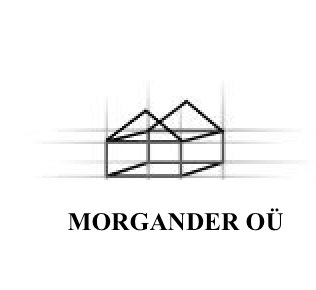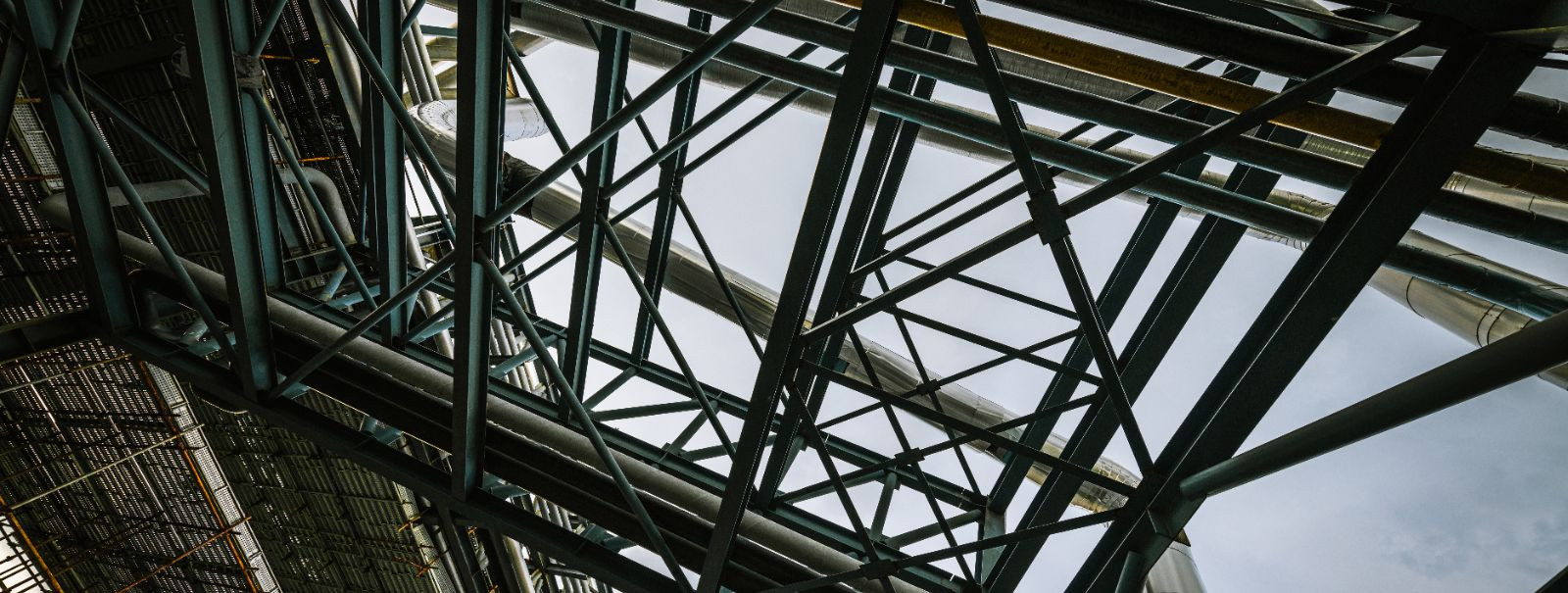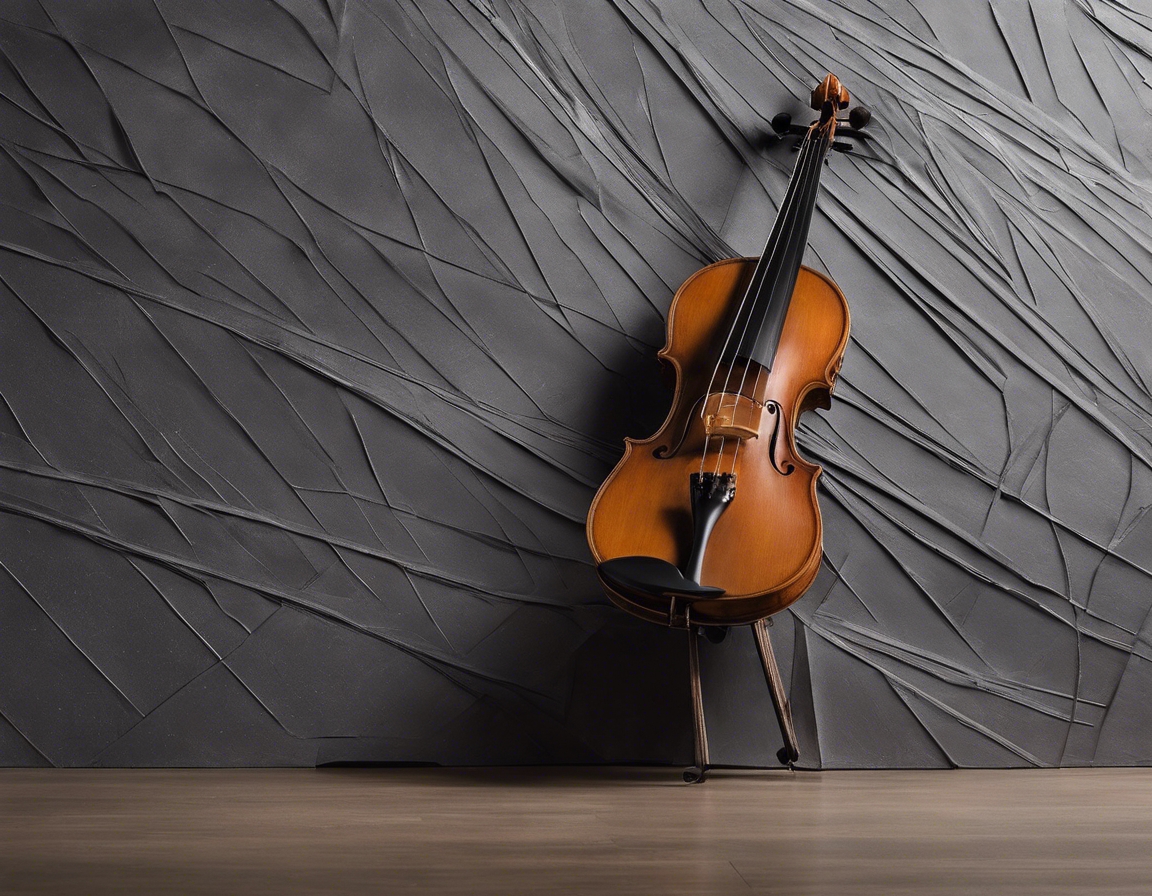The future of industrial construction: steel structures
The industrial construction landscape is rapidly evolving, with steel structures at the forefront of this transformation. Known for their strength, durability, and versatility, steel buildings have become the go-to choice for a wide range of industrial applications.
Today's industrial construction demands efficiency, cost-effectiveness, and adaptability. Steel structures meet these requirements by providing quick assembly, lower construction costs, and the ability to accommodate complex designs and heavy loads.
Steel structures offer numerous benefits over traditional construction materials. Their high strength-to-weight ratio allows for large, open spaces without the need for additional supports. They are also highly customizable, which is essential for specialized installations such as bridge cranes.
Technological Advancements in Steel Construction
New steel alloys and coating technologies are enhancing the performance and lifespan of steel structures. These innovations contribute to greater resistance against environmental factors and reduce maintenance needs.
The use of automation in steel construction has streamlined the manufacturing process, resulting in more precise components and faster project completion times. Prefabrication of steel parts off-site also contributes to reduced waste and improved safety during construction.
3D printing technology is beginning to make its mark in the construction industry, allowing for the creation of complex steel components with reduced material waste and unprecedented design freedom.
Design Trends and Sustainability
Steel structures are increasingly designed with sustainability in mind, adhering to green building standards and improving energy efficiency through better insulation and design practices.
The trend towards adaptive reuse of existing structures and modular construction is gaining traction, with steel being an ideal material due to its flexibility and ease of modification.
Steel Structures and the Future of Industrial Spaces
As the needs of industrial and agricultural businesses evolve, so does the demand for customized steel structures that can adapt to changing requirements. Steel's inherent flexibility allows for expansions and modifications with minimal disruption.
The integration of smart technology into steel structures is paving the way for more efficient and intelligent industrial buildings, capable of monitoring conditions and optimizing performance.
While the future is bright for steel structures in industrial construction, challenges such as fluctuating material costs and the need for skilled labor persist. However, the opportunities for innovation and growth in this sector are vast, promising a new era of industrial facilities that are more efficient, sustainable, and adaptable than ever before.





Comments (0)